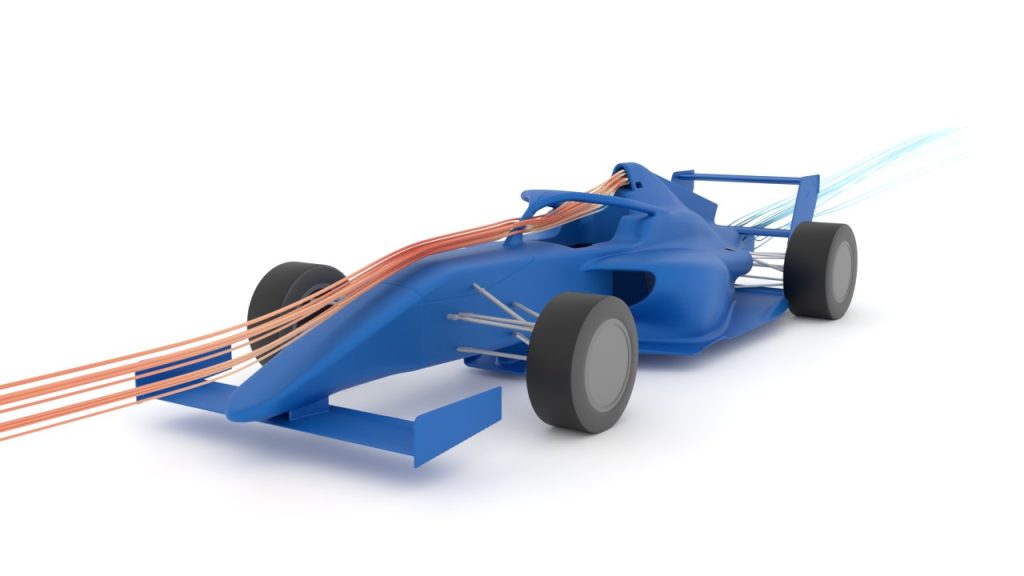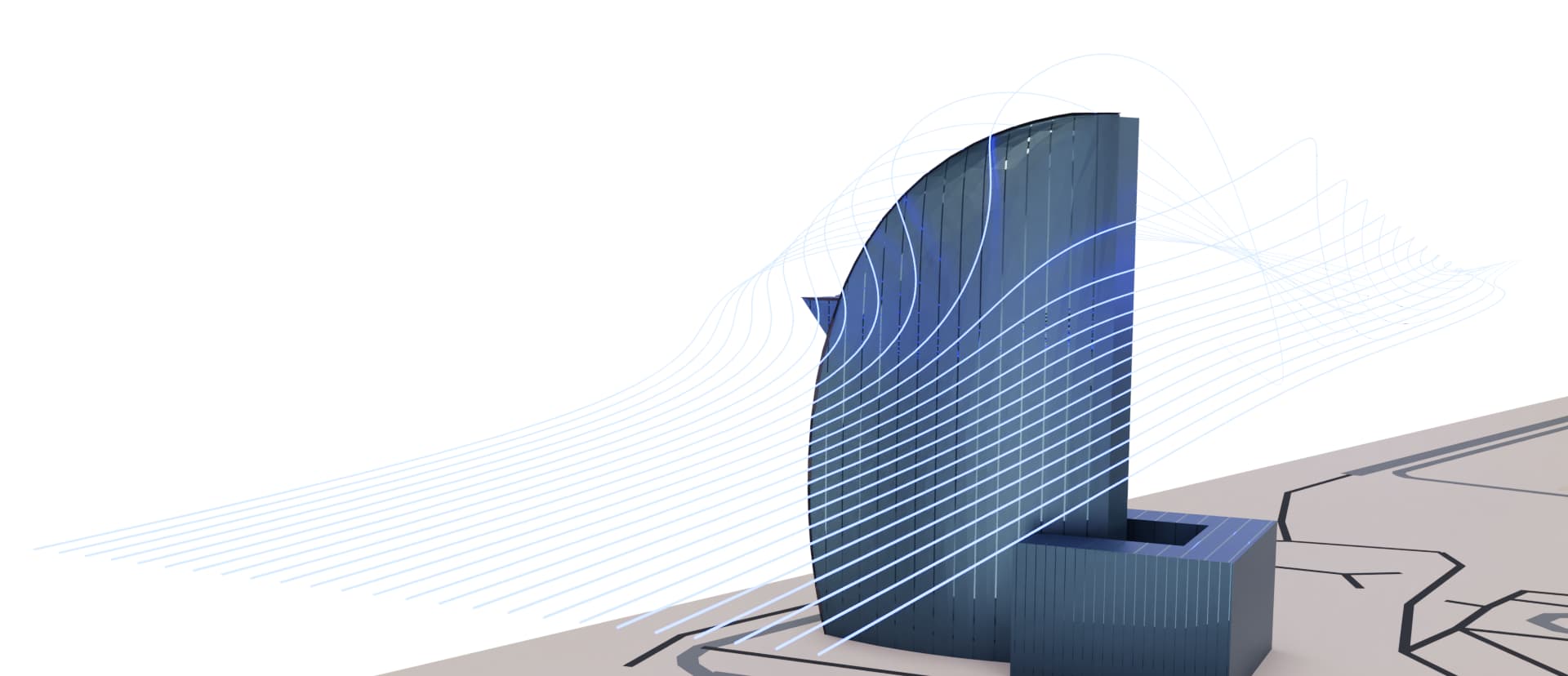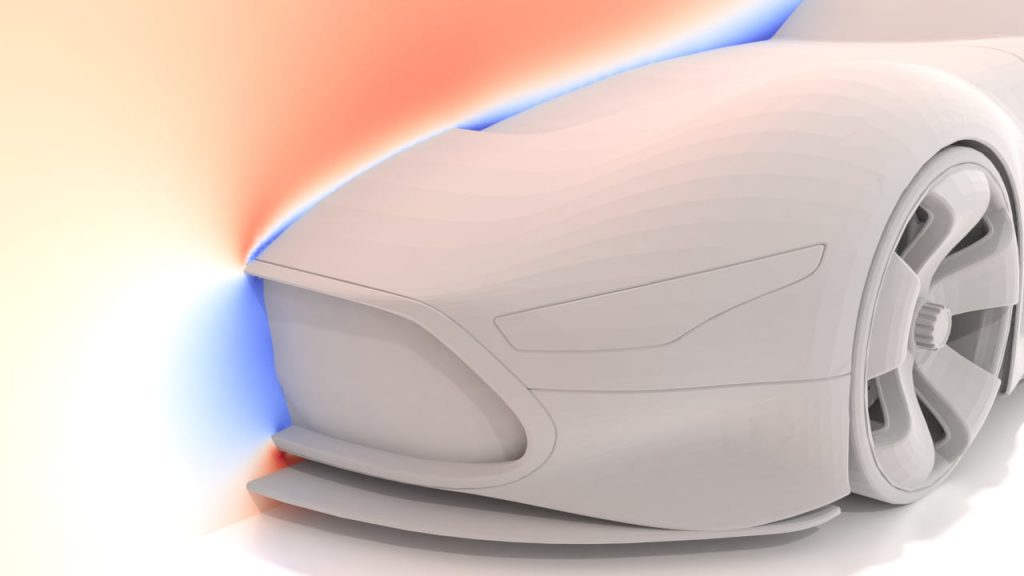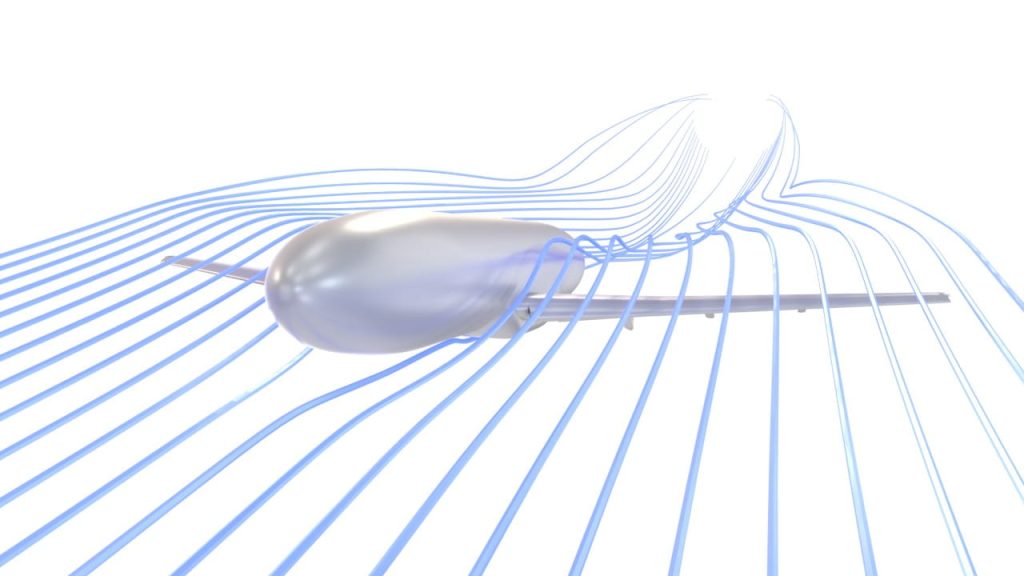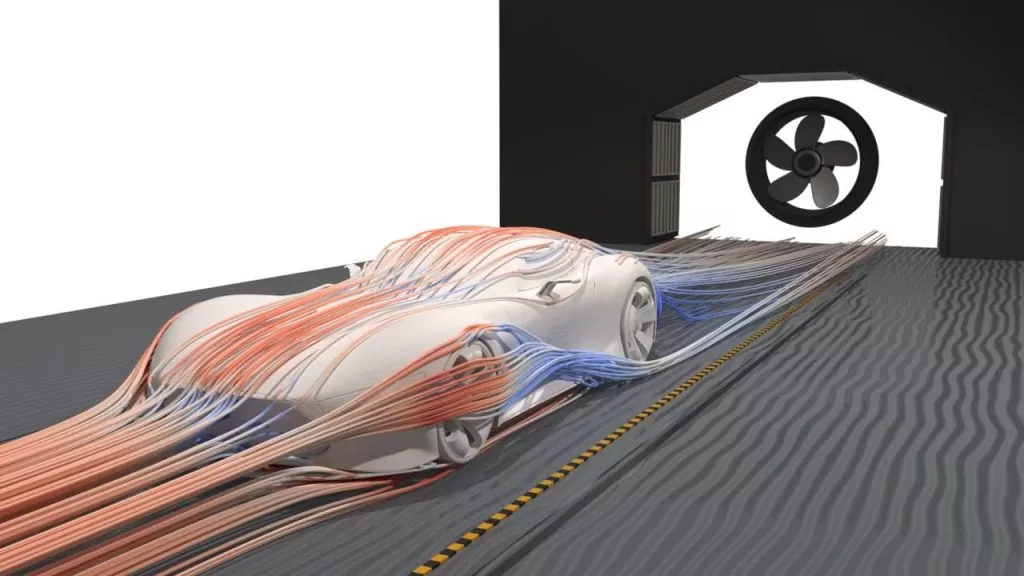The aerodynamic study of any object, through the use of CFD simulation software, has become an indispensable tool today. Especially for those engineers and designers involved in the design and development of products that can be influenced by aerodynamic phenomena.
These simulation tools allow professionals to explore and optimize different design proposals, based on their aerodynamic performance, accurately and efficiently.
